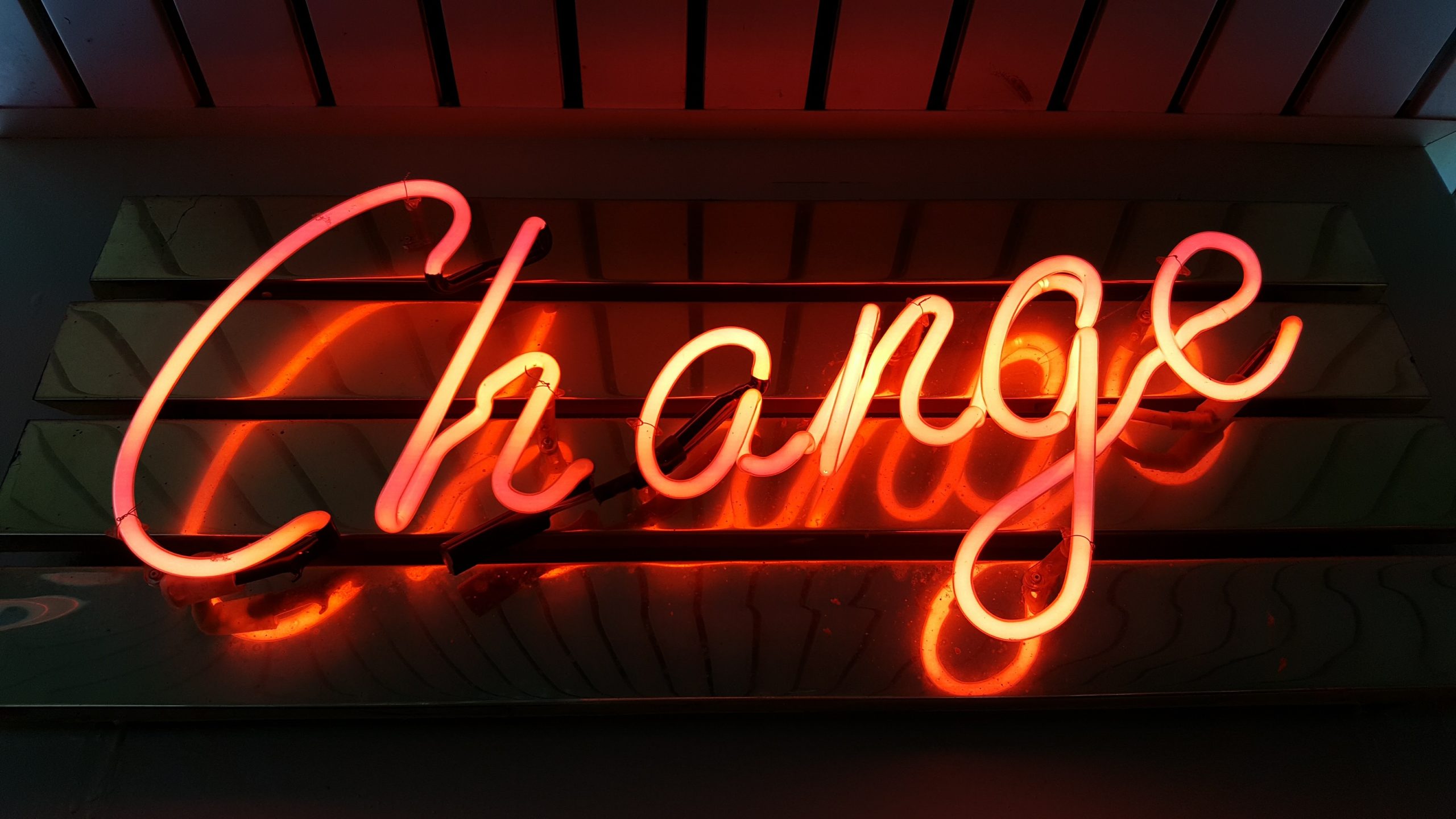Cultures That Worship the Moon: A Fascinating Exploration into Lunar Devotion
The moon has captivated human beings for centuries. Its ethereal beauty and powerful presence in the night sky has inspired awe, wonder, and reverence in countless cultures across the globe. While many religions and belief systems incorporate the moon into their spiritual practices, there are some cultures that specifically worship and pay homage to this celestial body. In this blog post, we will explore several fascinating cultures that have a deep connection and devotion to the moon.
The Ancient Egyptians and Their Lunar Deities
Ancient Egypt is renowned for its complex pantheon of gods and goddesses, many of whom were closely associated with different aspects of nature. One such deity was Thoth, the Egyptian god of wisdom and writing, who was often depicted with the lunar disc on his head. Thoth’s connection to the moon represented his role as a divine communicator, mediator, and record-keeper.
Another lunar deity in Egyptian mythology was Khonsu, the god of the moon. Khonsu was believed to have the power to heal illnesses and control time. The Egyptian people worshipped Khonsu during different phases of the moon, offering prayers and performing rituals to ensure healing and protection.
The Influence of the Moon in Chinese Culture
In Chinese culture, the moon has a profound influence and is associated with many traditional festivals and mythological legends. One of the most prominent celebrations related to the moon is the Mid-Autumn Festival, also known as the Moon Festival. This festival takes place on the 15th day of the eighth lunar month, typically falling in September or October.
During the Mid-Autumn Festival, families gather to appreciate the beauty of the full moon, exchange mooncakes (a traditional pastry), and perform rituals to express gratitude for the harvest. The belief is that when the moon is at its fullest, it brings good luck, abundance, and harmony to those who pay proper respect.
The Chinese also have a folk tale about the Moon Goddess, Chang’e. According to the legend, Chang’e consumed an elixir of immortality and, instead of granting her immortality, it caused her to ascend to the moon. Chinese people offer prayers to Chang’e during the Mid-Autumn Festival, believing that she will grant their wishes and protect them.
Incan Worship of Mama Quilla
The Incas, a powerful civilization in ancient South America, revered the moon as a prominent deity. Mama Quilla, meaning “Mother Moon,” was worshipped as a goddess of fertility, feminine energy, and the keeper of the lunar cycle. The Incans believed that Mama Quilla controlled the rains and the seasons, ensuring the bountiful harvest they depended on for survival.
Mama Quilla was often depicted as a silver disc, shining brightly in the night sky. The Incas offered prayers, sacrifices, and performed rituals to honor her, seeking her blessings for prosperity and protection. Mama Quilla was also associated with gold and silver, which were considered sacred metals in Incan society.
The Moon in Native American Cultures
Native American cultures have diverse beliefs and rituals related to the moon, each with its own unique significance. Many Native American tribes associate the moon with femininity, creation, and the cycles of life.
One example is the Lakota tribe, who hold the moon in high regard and view it as a provider of life-giving energy. The Lakota people perform monthly ceremonies known as “Moon Lodges,” during which women gather to honor the moon’s influence on their menstrual cycles and symbolize the continuous cycle of life.
Similarly, the Navajo people have myths and ceremonies centered around the moon. The Navajo Lunar Calendar, known as the “Naałnishi,” follows the cycles of the moon and dictates the timing of various rituals and ceremonies in their culture.
Conclusion
The worship of the moon has been an integral part of numerous cultures throughout history. From ancient civilizations like Egypt and the Incas to the rich traditions of Chinese and Native American cultures, the moon holds immense spiritual significance for many.
These cultures have recognized the moon’s influence on their lives, connecting its cycles with fertility, abundance, wisdom, and creative forces. By worshipping and paying homage to the moon, these cultures attempt to tap into the moon’s divine energy and bring harmony and blessings to their lives.
Regardless of the specific rituals or beliefs surrounding lunar worship, the profound connection these cultures share with the moon serves as a reminder of our shared humanity and the enduring fascination we have with the celestial wonders that surround us.
Table of Contents
